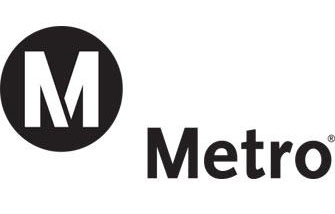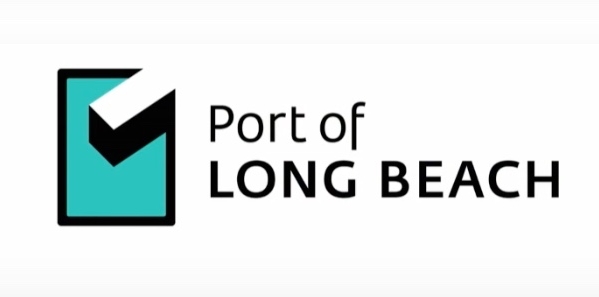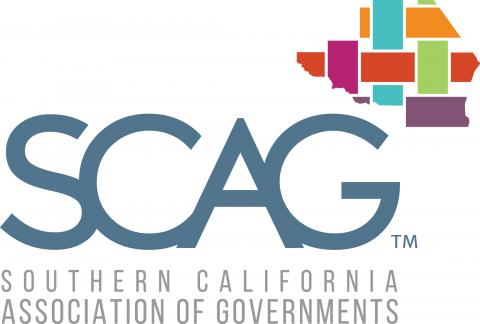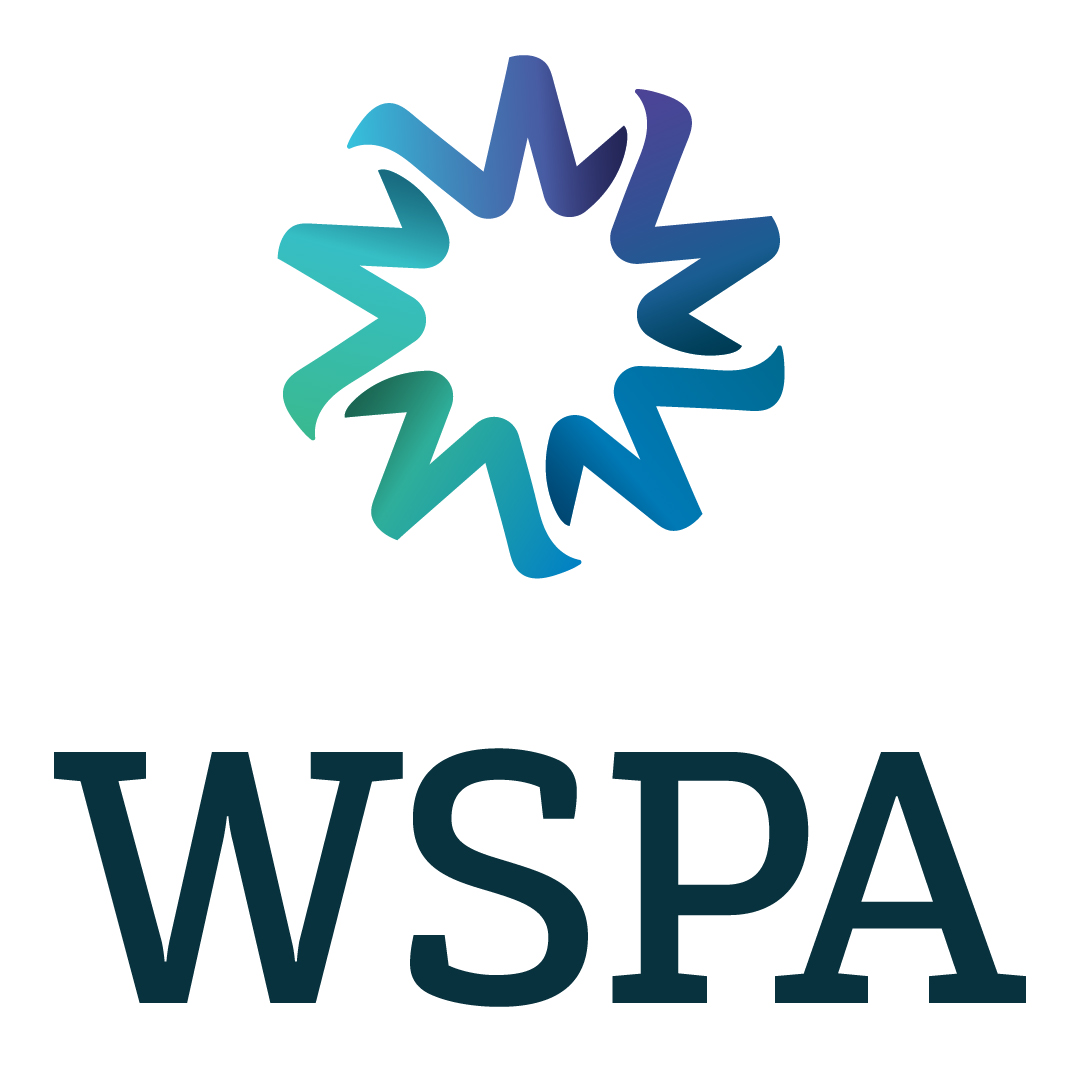Research Projects
Stop the VideoResearch Projects
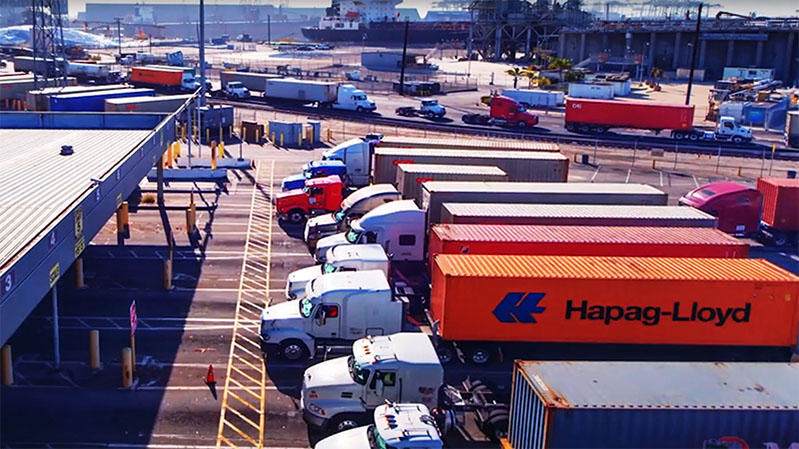
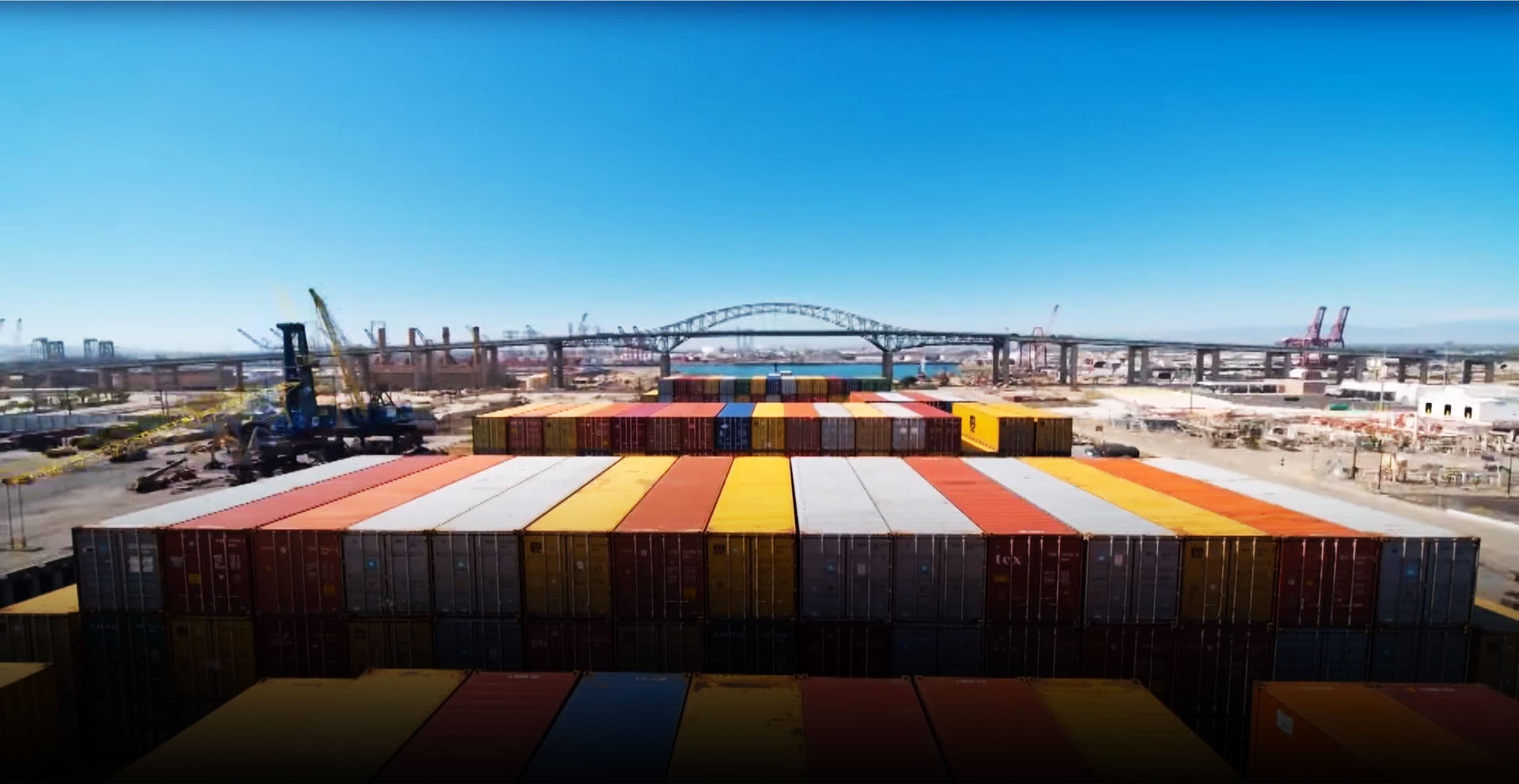
Evaluating Economic Mobility and Resilience of Multimodal Freight Operations in a Connected Vehicle Environment
Project Summary
Project number: MT-16-05
Funding source: Caltrans
Contract number: 65A0533
Funding amount: $34,663
Performance period: 3/2/16 to 2/28/18
Project description
In this research, a probabilistic model for reliability of the communication network is developed and it relates it to travel time changes for mobility as well as (during disruptions) for resilience. The modeling for network reliability is being carried out as a percolation process which is known to mimic failures in links/nodes quite precisely in a network of any given size. Findings in this research indicate that decreasing the value of micro-level reliability, the macro-level reliability will tend to decrease as well. This can be further corroborated with the fact that a low micro-level reliability among individual vehicles of a cluster on an average will lead to low macrolevel reliability of the group of clusters.
Further, it is observed that the ratio of theoretical number of vehicles with sensors to total number of vehicles on highway is almost 1 when the optimum radius of transmission range is greater than 1500 feet for traffic densities lower than 9 veh/mile (under sparse traffic conditions). This optimum radius for transmission range is higher than 55 feet for traffic densities lower than 100 veh/mile with dense traffic conditions. Irrespective of the density of the freight vehicles around an intermodal terminal, port or airport (i.e. congested or uncongested highway with trucks), the expression for the average distance to the closest freight truck does not change. As the length of the highway segment increases, there is linear increase in the average size of connected k-component (i.e. k trucks). However, there is exponential increase in the average size of the connected k-component (trucks) with increase in density of vehicles and/or with increase in sensor transmissions radius. This information is useful in determination of optimum radius of sensor radius when freight vehicles are moving in a platoon.
Cost estimation of routes on I-405, I-5, I-10 and I-710 show that there are savings in fuel costs per hour for the ‘with CVT' as compared to the ‘without CVT' case. In addition, there is significant increase in total tonnage transported under ‘with CVT' case as compared to the ‘without CVT' case for all the four routes analyzed.
P.I. NAME & ADDRESS
Shailesh ChandraAssistant Professor , Department of Civil Engineering and Construction Engineering Management
1250 Bellflower Blvd
VEC 506Long Beach, CA 90840
United States
[email protected]











